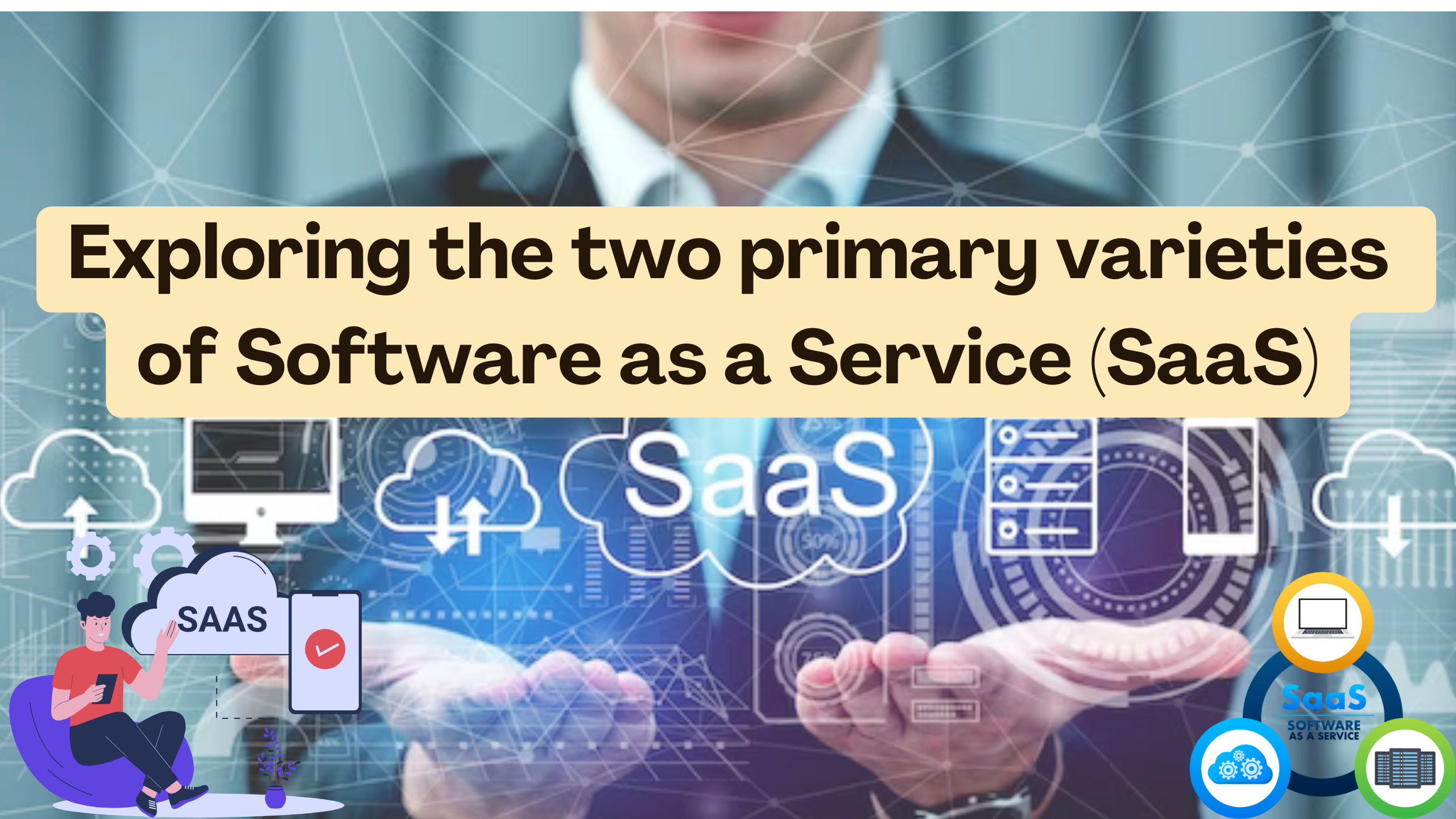Exploring the two primary varieties of Software as a Service (SaaS)
- Expense Management Software Credit Cards Investing Business Solutions


Exploring the Two Primary Varieties of Software as a Service (SaaS)
In the dynamic landscape of technology, Software as a Service (SaaS) has emerged as a dominant model for delivering software applications over the internet. Understanding the two primary varieties of SaaS is crucial for businesses seeking optimal solutions. In this article, we delve into the intricacies of the two main categories, shedding light on their characteristics and relevance.
I. Horizontal SaaS: Broad Applications for Diverse Industries
Overview:
Horizontal SaaS caters to a wide range of industries, offering solutions that are broadly applicable across various business functions.
Key Features:
- VersatilityHorizontal SaaS platforms provide solutions that can be customized to meet the needs of different industries, making them versatile and adaptable.
- Generalized FunctionalityThese applications often offer generalized functionality, addressing common business processes such as HR management, collaboration, and customer relationship management.
- Scalability:Horizontal SaaS is designed to scale easily, accommodating the growth and changing requirements of businesses in diverse sectors.
II. Vertical SaaS: Industry-Specific Solutions Tailored for Precision
Overview:
Vertical SaaS is specialized software designed for specific industries, providing solutions tailored to meet the unique needs of those sectors.
Key Features:
- Industry FocusVertical SaaS is finely tuned to address the intricacies of particular industries, offering solutions that are precisely aligned with sector-specific requirements.
- Enhanced FunctionalityThese applications often provide advanced features and functionality specific to a particular industry, optimizing processes and workflows.
- Deep IntegrationVertical SaaS tends to integrate deeply with industry-specific tools and systems, providing a seamless experience for businesses within that sector.
The Relevance of Understanding These Varieties
Understanding the differences between Horizontal and Vertical SaaS is vital for businesses navigating the vast sea of software solutions. The choice between the two depends on the specific needs, goals, and nature of the industry a business operates in.
- For General Applicability: Choose Horizontal SaaS
- Ideal for businesses with diverse needs across various functions.
- Offers a one-size-fits-many approach.
- For Precision in Industry Requirements: Choose Vertical SaaS
- Tailored for industries with unique processes and demands.
- Provides specialized features and deep integration.
Relevant SaaS Products
- Salesforce: A Horizontal SaaS offering CRM solutions for various industries.
- Veeva Systems: A Vertical SaaS specializing in cloud solutions for the life sciences industry.
- Slack: A Horizontal SaaS providing collaboration tools for diverse businesses.
- Cerner: A Vertical SaaS focused on healthcare solutions.
Conclusion: Navigating the SaaS Landscape
Exploring the nuances between Horizontal and Vertical SaaS equips businesses with the knowledge needed to make informed decisions. Whether opting for broad applicability or industry-specific precision, the key is aligning the chosen SaaS solution with the unique requirements of the business.
Unlock SaaS Insights with Subscribed.FYI
Sign up for Subscribed.FYI to explore exclusive deals on a variety of SaaS tools. Gain comprehensive insights, compare options, and optimize your SaaS stack to propel your business forward.
List of Relevant SaaS Products:
Empower your business with the right SaaS solutions





